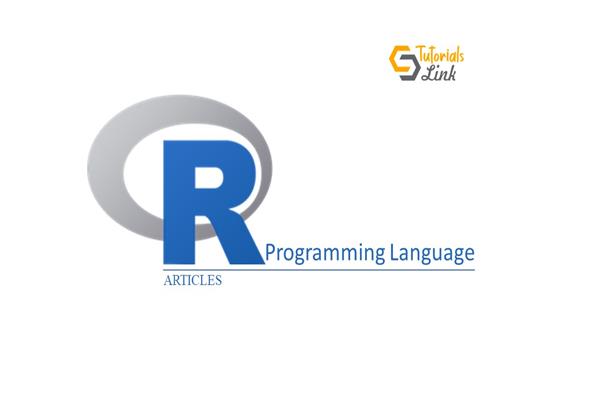What are the Data Types in the R programming language?
What are the Data Types in the R programming language?
DATA TYPES:
It is a data item used by the programming language to perform the operations.
The types of data types used in the R programming language are:
- Vectors
- Data Frames
- Array
- Matrix
- Lists
- Factor
R language supports all kinds of primitive data types such as char, integer, double, and complex who can process a single value.
- Vector: The complex, character, numeric, integer, and logical are varieties of the vector. Vector is a collection of the same types in a one-dimensional approach. The c() function is used to concatenate all the elements in a single vector. The most used vector functions are length(), is.null(), rep(), class(), is.logical().
Examples of vector
Create a vector with more than one element. For this, we use the c() function to combine all the vector elements into one.
color < - c('pink', 'green', 'orange')
# print() function is used to print the vector
print(color)
OUTPUT:
[1] "pink" "green" "orange"
# class() function is used to obtain the class of the vector
print(class(color))
OUTPUT:
[1] "character"
- Data Frames: The data items represent in tabular form in data frames data type or can also say it is in a two-dimensional form with an equal length. The data items can be different in columns, but the length of data items should be the same in all the rows. It is a list of vectors of equal length. The data.frame() function is used to create the data frame.
Example of Data Frames:
Y <- data.frame(name = c("John", "Joe", "Sandy"), age=c("32", "19", "25"))
#print data frame
print(Y)
OUTPUT:
1 John 32
2 Joe 19
3 Sandy 25
- Array: Array is also two-dimensional data set. Unlike matrix, the number of rows and columns are equal. The array() function is used to create an array.
Example of Array
color <- array(c('pink','blue'),dim = c(3,3,2))
# print array
print(color)
OUTPUT
, , 1
[,1] [,2] [,3]
[1,] "pink" "blue" "pink"
[2,] "blue" "pink" "blue"
[3,] "pink" "blue" "pink"
, , 2
[,1] [,2] [,3]
[1,] "blue" "pink" "blue"
[2,] "pink" "blue" "pink"
[3,] "blue" "pink" "blue"
- Matrices: It is a two-dimensional data set that has rows and columns. Three ways to create a matrix are:
-- Using matrix function
-- Binding vectors
-- Converting the vector into the matrix
The Matrix() function is used to create the matrix.
Example in Matrices
Mat = matrix( c('a','a','b','c','b','a'), nrow = 2, ncol = 3, byrow = TRUE)
#print matrices
print(Mat)
OUTPUT
[,1] [,2] [,3]
[1,] "a" "a" "b"
[2,] "c" "b" "a"
- Lists: It contains objects and elements. Elements can be arrays, matrices, characters, or else. It can also contain another list.
Example of lists
lists_example <- list(c(2,5,3),21.3,sin)
#print lists
print(lists_example)
OUTPUT
[[1]]
[1] 2 5 3
[[2]]
[1] 21.3
[[3]]
function (x) .Primitive("sin")
- Factor: factor() function is used to create factor. They are the r-objects. The factor keeps the vector and labels. Labels are characters of any type, such as numeric, character, or boolean. It is useful in statistical modeling.
Example of Factor
colors <- c('green','green','yellow','red','red','red','green')
# Create a factor object.
factor_colors <- factor(colors)
# Print the factor.
print(factor_color)
print(nlevels(factor_color))
OUTPUT
[1] green green yellow red red red green
Levels: green red yellow
[1] 3





